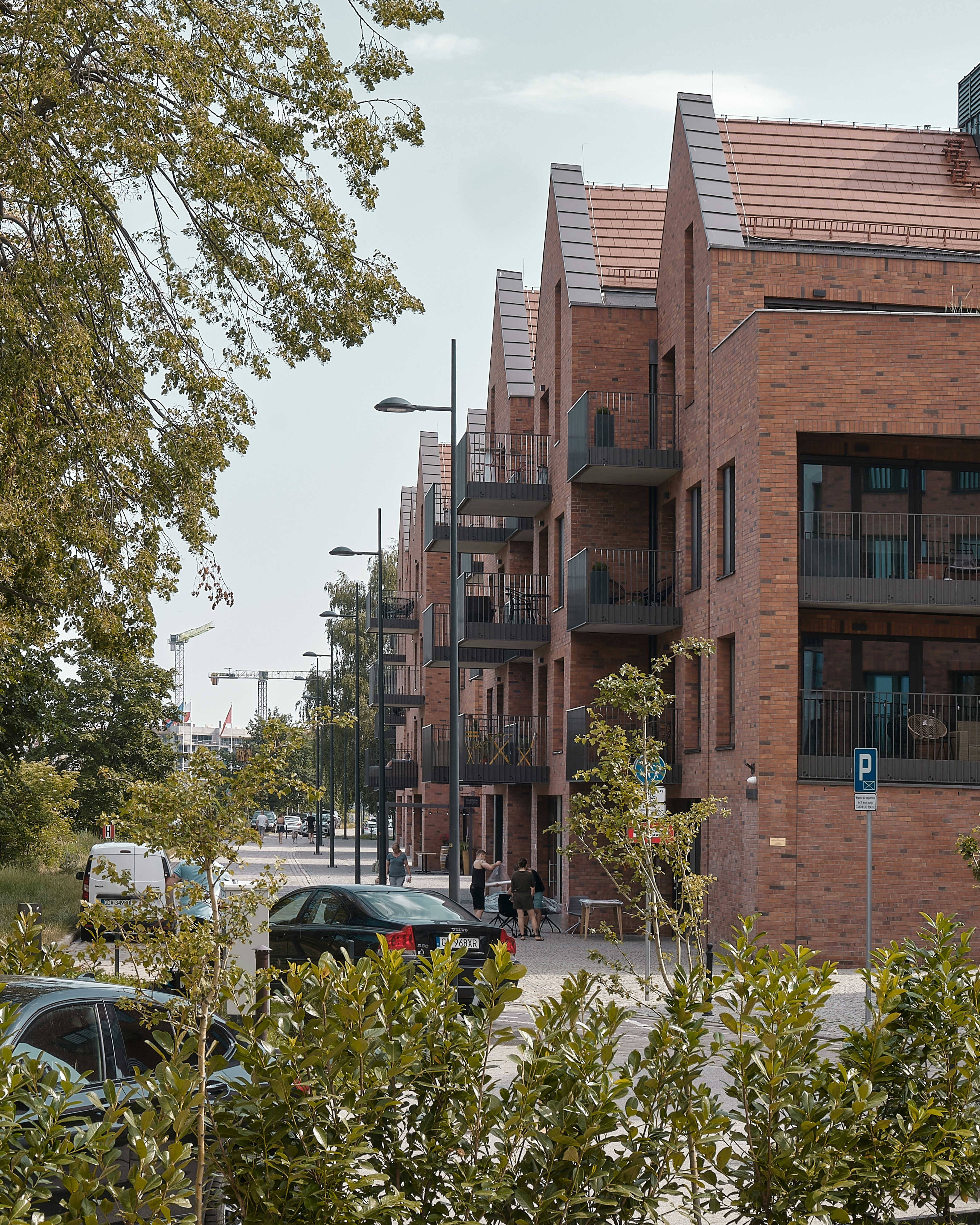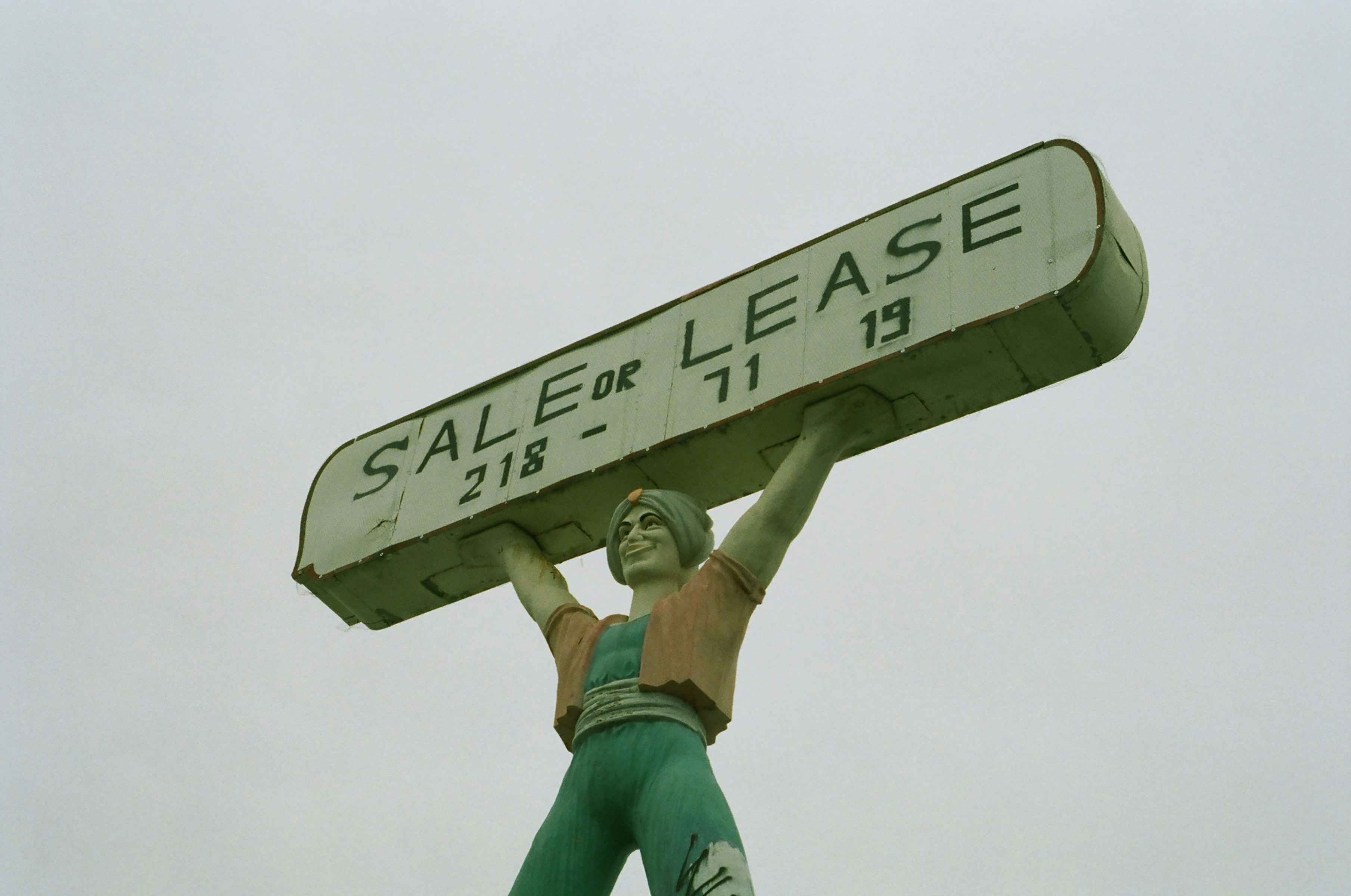How Centralized Leasing Works Across Multiple Properties

Managing multiple properties can be a complex challenge for property management teams. From coordinating showings to tracking leads, scheduling maintenance, and managing leases, juggling responsibilities across multiple sites often leads to inefficiencies, miscommunications, and lost revenue opportunities. Centralized leasing offers a streamlined solution, enabling property managers to oversee leasing activities from a single platform or team. This approach not only optimizes operations but also improves the tenant experience.
In this article, we will explore how centralized leasing works across multiple properties, the benefits it brings, and strategies for successful implementation.
What is Centralized Leasing?
Centralized leasing is a management strategy where all leasing activities for multiple properties are coordinated through a single team or platform. Rather than each property having its own leasing staff and independent processes, a centralized system consolidates responsibilities such as marketing, tenant inquiries, applications, screenings, and lease signing into one unified process.
The concept applies to a variety of property types, including multifamily apartments, commercial buildings, senior living communities, and student housing. Centralized leasing ensures consistency, reduces redundancy, and allows property managers to focus on strategic decision-making rather than administrative tasks.
Key Components of Centralized Leasing
Successful centralized leasing relies on several core components. These include technology, staffing, standardized processes, and effective communication.
1. Centralized Leasing Team
A centralized leasing team consists of leasing agents and administrative staff who manage multiple properties from a central office or virtually. This team is trained to handle inquiries, schedule property tours, process applications, conduct background checks, and finalize leases. By consolidating leasing staff, organizations can reduce overhead costs and ensure consistent service quality across all properties.
2. Property Management Software
Technology is the backbone of centralized leasing. Advanced property management software allows teams to track leads, monitor applications, manage documents, and schedule showings across multiple properties from a single platform. Features such as automated follow-ups, digital lease signing, and real-time reporting streamline operations and improve transparency.
Popular property management software solutions support centralized leasing by offering cloud-based access, mobile functionality, and integration with marketing platforms. These tools allow teams to respond quickly to prospects, coordinate maintenance requests, and generate performance reports for property owners.
3. Standardized Processes
Consistency is crucial for centralized leasing. Standardizing processes across properties ensures that every prospect receives the same high-quality experience. Standardized procedures may include lead handling protocols, screening criteria, pricing structures, lease templates, and move-in checklists.
Standardization also simplifies reporting, training, and compliance. With uniform processes, centralized leasing teams can measure performance metrics accurately and identify areas for improvement.
4. Effective Communication Channels
Communication is critical when managing multiple properties from a centralized office. Centralized leasing teams need clear channels for sharing information with property managers, maintenance teams, and marketing departments.
Communication platforms may include email, instant messaging apps, or integrated project management tools. Regular team meetings and property updates ensure that everyone stays informed and aligned on leasing goals and property-specific challenges.
How Centralized Leasing Works Across Multiple Properties
Centralized leasing operates by consolidating key activities into a unified workflow. Below is a step-by-step explanation of how this process typically functions across multiple properties.
1. Marketing and Lead Generation
Marketing for multiple properties is centralized through a single team or platform. The centralized team coordinates online advertising, social media campaigns, email marketing, and listing services. By leveraging centralized marketing efforts, property managers can reach a larger audience, maintain brand consistency, and generate more qualified leads.
Leads from multiple properties are collected and tracked in one system. Automated lead scoring and follow-up tools ensure that inquiries receive timely responses, increasing the likelihood of conversion.
2. Tenant Inquiries and Scheduling
When prospects express interest, the centralized leasing team handles all communication. Phone calls, emails, and web inquiries are managed from a single point of contact. This eliminates confusion and reduces delays caused by property-specific silos.
Scheduling tours and showings is also streamlined. Centralized teams can efficiently allocate appointments across multiple properties, optimizing agent availability and reducing travel time. Virtual tours and self-scheduling tools further enhance convenience for both prospects and staff.
3. Applications and Screening
Once a prospect decides to apply, the centralized team manages the entire application process. Digital applications allow tenants to submit documents online, while automated background and credit checks provide quick insights for decision-making.
Screening criteria are standardized across properties to ensure fairness and compliance. Centralized systems can flag incomplete applications, monitor approval progress, and communicate results to applicants efficiently.
4. Lease Preparation and Execution
After approval, leases are prepared using standardized templates. Centralized leasing teams ensure that lease terms, rent rates, and compliance requirements are consistent across properties.
Digital lease signing simplifies the process for both staff and tenants, enabling remote execution and reducing administrative delays. The centralized system stores all documents securely, making them easily accessible for audits, renewals, or future reference.
5. Move-In Coordination and Onboarding
Centralized leasing extends beyond signing leases to move-in coordination. Teams schedule move-in inspections, distribute keys or access credentials, and provide tenants with essential information about property rules and amenities.
A consistent onboarding process improves the tenant experience, reduces confusion, and minimizes post-move-in issues. Centralized teams can track move-ins across multiple properties, ensuring a smooth transition for every resident.
Benefits of Centralized Leasing
Implementing centralized leasing across multiple properties offers numerous advantages.
1. Increased Efficiency
Centralized leasing eliminates redundant tasks and streamlines workflows. By consolidating leasing responsibilities into one team or platform, property managers save time and resources, enabling staff to focus on high-value activities such as tenant retention and portfolio growth.
2. Cost Savings
Reducing the number of leasing agents at each property and centralizing administrative functions lowers staffing costs. Centralized marketing and technology investments also reduce duplication and improve return on investment.
3. Enhanced Tenant Experience
Consistency is key to tenant satisfaction. Centralized leasing ensures that every prospect and resident receives the same high level of service, from initial inquiry to move-in. Timely communication, organized scheduling, and efficient application processing contribute to a positive tenant experience.
4. Data-Driven Decision Making
Centralized leasing provides comprehensive visibility across all properties. Property managers can analyze performance metrics, occupancy rates, lead conversion, and tenant feedback from a single dashboard. This data-driven approach enables better decision-making, identifies growth opportunities, and highlights areas for operational improvement.
5. Scalability
For growing property portfolios, centralized leasing offers a scalable solution. Adding new properties does not require duplicating leasing teams at each location. The centralized model allows organizations to expand their operations efficiently while maintaining consistent service quality.
Challenges of Centralized Leasing
While centralized leasing provides significant benefits, property managers should be aware of potential challenges and plan accordingly.
1. Technology Adoption
Centralized leasing relies heavily on technology. Implementing new software, training staff, and integrating existing systems can be time-consuming and costly. Selecting user-friendly platforms with strong support and integration capabilities is essential for successful adoption.
2. Maintaining Personal Connections
Some tenants may value face-to-face interactions with local leasing agents. Centralized teams must find ways to maintain personal connections through video tours, virtual consultations, and prompt, individualized communication.
3. Change Management
Shifting from property-specific leasing teams to a centralized model requires careful change management. Staff may resist new processes, and property managers must provide clear guidance, training, and support to ensure a smooth transition.
4. Handling Property-Specific Needs
While standardization is important, each property may have unique requirements, such as specific lease terms, amenities, or community rules. Centralized leasing teams must be flexible enough to address these differences without compromising efficiency.
Best Practices for Implementing Centralized Leasing
To maximize the benefits of centralized leasing, property managers should follow these best practices.
1. Invest in Robust Technology
Choose property management software that supports lead tracking, digital applications, automated communication, and reporting. Ensure that the platform integrates with marketing tools, accounting software, and other systems used across the portfolio.
2. Standardize Processes, but Allow Flexibility
Develop uniform procedures for marketing, applications, screenings, lease signing, and onboarding. At the same time, allow room for property-specific adjustments to accommodate unique needs and preferences.
3. Train and Support Staff
Provide comprehensive training for the centralized leasing team, including software usage, customer service standards, and compliance requirements. Regular updates and ongoing support help ensure consistency and efficiency.
4. Maintain Clear Communication
Establish communication protocols between centralized teams and property staff. Use project management tools, dashboards, and regular meetings to keep all parties informed of leasing activity, maintenance issues, and tenant concerns.
5. Monitor and Optimize Performance
Continuously track performance metrics, including lead response times, conversion rates, occupancy levels, and tenant satisfaction. Use this data to refine processes, identify bottlenecks, and improve operational efficiency.
Conclusion
Centralized leasing offers a strategic advantage for property managers overseeing multiple properties. By consolidating leasing activities into a single team or platform, organizations can increase efficiency, reduce costs, and enhance the tenant experience. Centralized processes also provide data-driven insights that support better decision-making and scalable growth.
Although implementing centralized leasing requires investment in technology, staff training, and change management, the long-term benefits are significant. Standardization, effective communication, and flexibility are key to ensuring that centralized leasing works seamlessly across diverse properties.
For property management organizations looking to streamline operations, improve tenant satisfaction, and maximize revenue potential, centralized leasing is a proven strategy that delivers measurable results across multiple properties.


